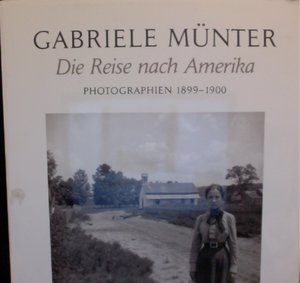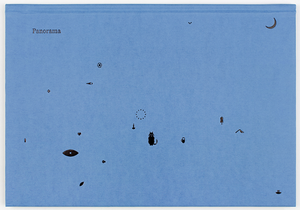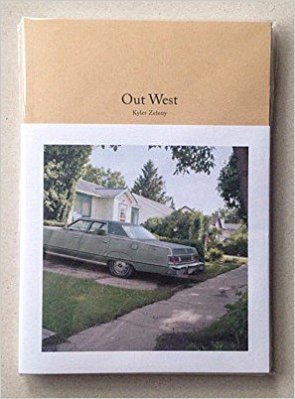Publisher Note
Using highly detailed color photographs, John Ganis has chronicled the effects of development and extraction industries in every region of the Continental United States over a period of seventeen years. The subjects of Ganis’s images are for the most part flagrantly clear—abandoned wrecks, desolate strip mines, clear-cut forests, industrial parks, landfill sites, and the flattening of terrain for housing -developments—and just as flagrantly disturbing. This is a thesaurus of our "civilized" incursions into the wildness of nature, a charting of our debris-strewn topographies, and a cogent report on our abdication of any reverence -towards the land. In an introductory essay, Robert -Sobieszek, from Los Angeles County Museum, gives an insightful overview of the historical responses to the American landscape and places the work of John Ganis within the context of "the new American pastoral." In 1989, Ganis entered into a collaborative exchange with the noted anthropologist Dr. Stanley Diamond, who wrote the poetry for this book in response to John Ganis’s photographs. They represent some of his last and previously unpublished poetic work.
John Ganis established his reputation with work on -important environmental issues. His color photographs of land use in America have been exhibited widely and are in the collections of The Brooklyn Museum of Art, The Center for Creative Photography, The Detroit Institute of Arts, The San Francisco Museum of Modern Art etc.
He is currently professor and photography department chair at the College for Creative Studies in Detroit.
| Publisher | |
|---|---|
| Release Place | Stockport, United Kingdom |
| Edition | 1st edition |
| Release Date | 2003 |
| Credits |
Artist:
|
| Identifiers |
ISBN-13:
1-904587-00-3
|
| Work | |
|---|---|
| Subform | Photobook |
| Topics | Environmental Degradation, Industrial Landscape, Landscape, Mines, USA |
| Methods | Photography |
| Language | English |
| Object | |
|---|---|
| Format | hardcover |
| Dimensions | 31.5 × 25.4 × 3.0 cm |
| Interior | |
|---|---|
| Pages | 160 |
| Technique | Offset |
























